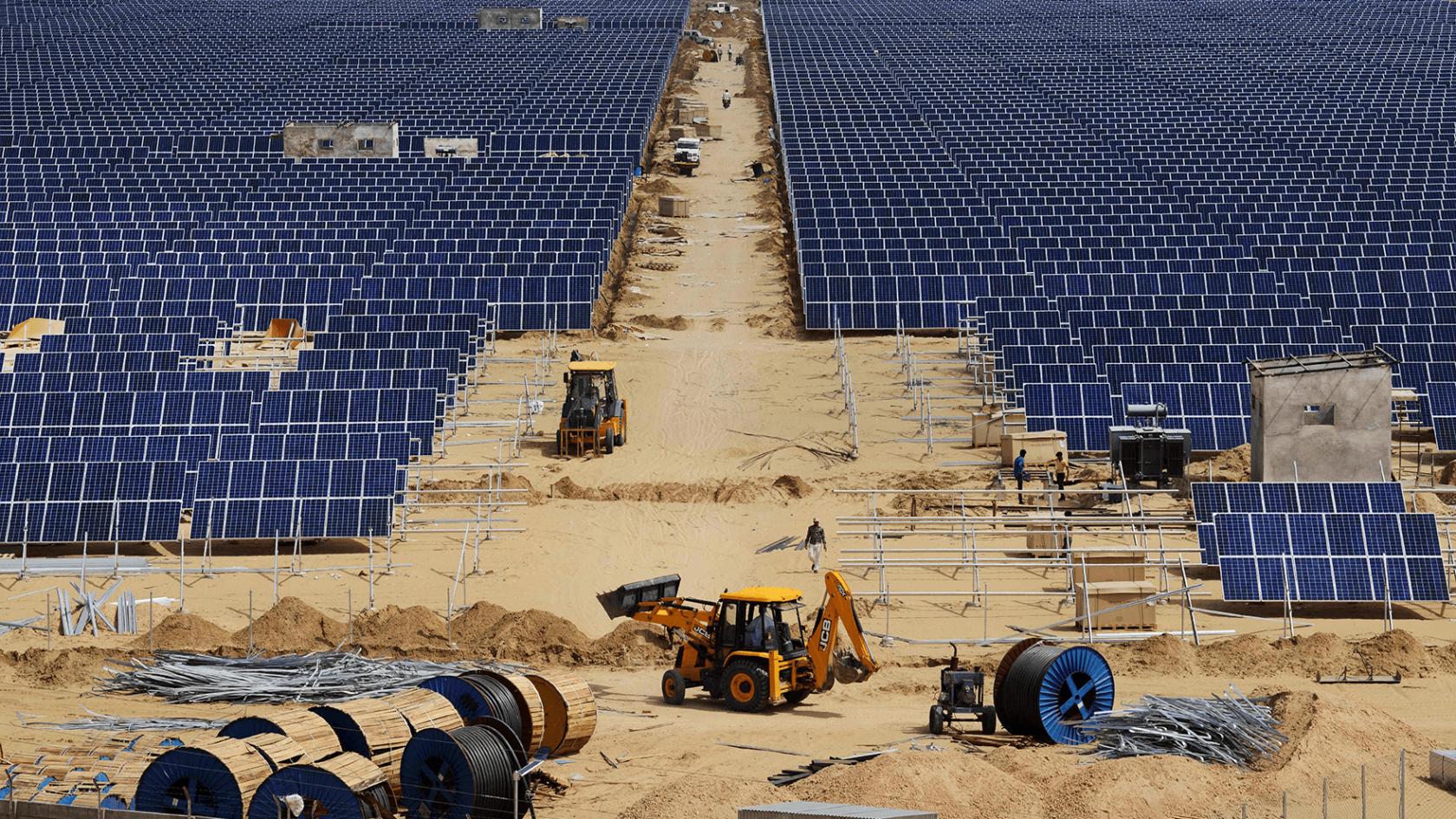Vision of complete global energy transformation includes several implausible outcomes

Unprecedented global consensus
The IEA’s pathway “hinges on a singular, unwavering focus from all governments” on reducing greenhouse gas emissions the likes of which the world has never seen. But the world is far from in agreement on net zero targets or fossil fuel reductions and is unlikely to be so in the future.
This March, Indian energy minister Raj Kumar Singh called reaching net zero “pie in the sky” during an IEA virtual summit.
“You have 800 million people who do not have access to electricity. You can’t say that they have to go to net zero. They have to develop,” he said. “They want a higher standard of living for their people, and you can’t stop it.”
Meanwhile, last week Russian officials confirmed the country is pursuing maximum possible efforts to develop oil and gas, under the expectation that global demand will remain stable until at least 2040.
“Plainly speaking, all that can be extracted must be extracted and sold,” senior energy official Pavel Zavalny was quoted in The Barents Observer.
There’s also substantial new investment around the world into coal power.
As of January 2021 there were 201 coal plants under construction, including 92 in China, 30 in India and 24 in Indonesia, according to Global Energy Monitor. There are also 345 coal-fired power plants in the pre-construction phase, including 135 in China.
Mindboggling scale
Staying on the IEA’s narrow path to net-zero requires “massive deployment of all available clean energy technologies” between now and 2030, but the scale and the timelines the IEA describes are implausible.
For example, the IEA pathway includes an increase in solar power projects between now and 2030 that is equivalent to installing the world’s currently largest solar park roughly every day.
According to the Solar Energy Industries Association, including permitting it takes an average of six years to take a 250 MW solar power plant from initial planning to in-service. The largest solar parks in the world right now have capacity of 2.25 gigawatts or more.
The IEA also envisions that 10 heavy industrial plants will be equipped with CCUS monthly from 2030 onwards. Consider that in Canada, Shell filed the regulatory application for its Quest CCS project in November 2010, and it started operating five years later.
Monthly in the 2030s the IEA also sees three new hydrogen-based industrial plants being built and 2 GW of electrolyser capacity added at industrial sites, which would be another feat of speed and scale.
Changing your behaviour
The IEA’s pathway to net zero isn’t just based on arms-length decisions that may not affect daily life. The agency says that around 55 per cent of cumulative emissions reductions in its pathway are linked to consumer choices such as purchasing an electric vehicle, retrofitting a house with energy-efficient technologies or installing a heat pump.
In advanced economies, the IEA also envisions people replacing car trips with walking, cycling or public transport, and foregoing long-haul flights. It also sees motorway speed limits of 100 kilometres an hour introduced by 2030 in order to meet the net zero target.
WHAT IT COSTS
Impact of lost jobs to “persist over time”
Around five million oil and gas related jobs are lost in the IEA’s net zero pathway, resulting in lasting challenges for affected communities.
“Most of those jobs are located close to fossil fuel resources, and many are well paid, meaning structural changes can cause shocks for communities with impacts that persist over time,” the IEA said.
The agency noted that while its pathway sees increased jobs in non-fossil fuel resources, “these opportunities are often in different locations, skill sets and sectors than the jobs that will be lost.”
Lost oil and gas income unlikely to be fully compensated
The IEA’s scenario sees per capita income from oil and natural gas in producer economies like Canada falling by about 75 per cent by the 2030s, which it says “could have knock-on societal effects.”
For example, the IEA said that in many countries today, taxes on diesel, gasoline and other fossil fuel consumption provide as much as 10 per cent of public revenue. In its net zero pathway, tax revenue from oil and gas retail sales falls by about 40 per cent between 2020 and 2030.
Structural reforms and new sources of revenue “are unlikely to compensate fully for the drop in oil and gas income,” the IEA said.
New energy security risks
The IEA says there are “potential vulnerabilities from the increasing importance of electricity” in its net zero pathway, including cybersecurity and the variability of supply.
At the same time, it says traditional energy security concerns will not disappear as oil production will become more concentrated, increasingly in the control of OPEC nations.
In addition, the IEA sees risks in the rising dependence on critical minerals for key clean energy technologies and infrastructure. This includes potential supply disruptions and price volatility “that could hinder the transition.”
OPEC comes out on top
The IEA’s pathway sees oil demand declining from approximately 96 million barrels per day today to 24 million barrels per day in 2050.
In the agency’s net zero world, in 2050 OPEC nations like Saudi Arabia, Iraq and Venezuela hold more market share than ever before.
The IEA sees OPEC meeting 52 per cent of global demand in 2050 compared to about 37 per cent today, pushing out oil from other jurisdictions that likely have stronger and more transparent performance in terms of environmental, social and governance (ESG) measures.
Share This:





 CDN NEWS |
CDN NEWS |  US NEWS
US NEWS 

































Canada’s Advantage as the World’s Demand for Plastic Continues to Grow